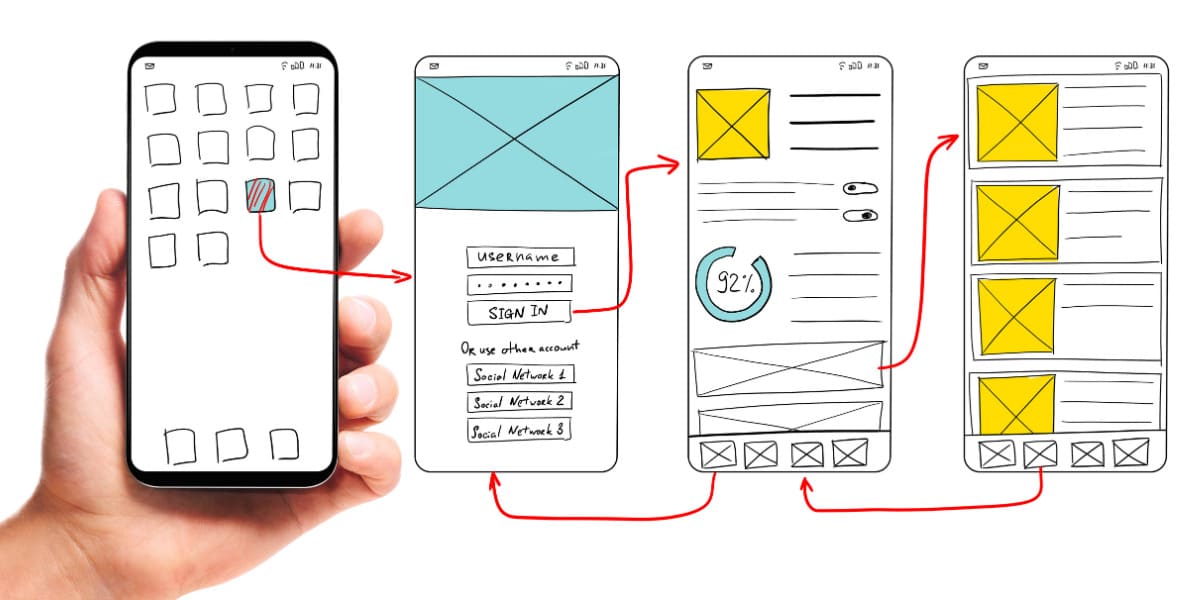
Push notification
Push notifications are a crucial feature in mobile applications that keep users engaged and informed of the latest updates and relevant content. The development of push notifications has evolved over the years, making it easier for developers to implement them in their apps. In this article, we will explore the development of push notifications in mobile applications, the benefits they provide, and how to implement them.
What are Push Notifications?
Push notifications are alerts that appear on a user’s mobile device, even when the application is not active. They are sent from the application’s server to the device through the internet, enabling the app to inform users of new messages, updates, offers, or other important events. They have become an integral part of mobile app development, allowing businesses to communicate with users more effectively and efficiently.

Push Notification Development
Push notifications are typically implemented using a combination of client-side and server-side development. To get started, developers need to integrate push notification support into their mobile application by implementing a push notification service that can communicate with the device’s operating system. The most common push notification services are Apple Push Notification Service (APNS) for iOS and Firebase Cloud Messaging (FCM) for Android.
To integrate push notifications into an app, developers need to register their app with the push notification service provider and obtain an API key or authentication token that allows them to send push notifications. The next step is to configure the app’s backend to send push notifications to registered devices when certain events occur, such as new messages or updates.

Benefits of Push Notifications
Push notifications offer several benefits for both mobile app developers and users. Some of the key benefits include:
- Improved User Engagement: Push notifications keep users engaged with the app by reminding them of new content, offers, and events.
- Increased Retention: Apps that use push notifications have higher retention rates compared to those that do not.
- Personalization: Push notifications can be customized to provide personalized content and offers based on user preferences.
- Better User Experience: Push notifications provide users with real-time updates, improving the overall user experience.
- Enhanced Marketing: Push notifications are an effective marketing tool, enabling businesses to promote their products and services directly to users.

Best Practices for Push Notification Development
To maximize the benefits of push notifications, developers should follow some best practices when implementing push notifications in their apps. These include:
- Timing: Push notifications should be sent at the right time to ensure they are seen and acted upon. Sending notifications at inappropriate times can lead to user frustration and app uninstalls.
- Personalization: Push notifications should be personalized to provide relevant content and offers based on user preferences.
- Clear Call-to-Action: Push notifications should have a clear call-to-action that directs users to take the desired action.
- Frequency: Push notifications should be sent at a reasonable frequency to avoid overwhelming users with too many notifications.
- Opt-In: Users should be given the option to opt-in or opt-out of push notifications, providing them with greater control over their mobile experience.

Push notifications have become an essential feature of mobile app development, providing businesses with a powerful tool to engage and retain users. With the evolution of push notification services, it has become easier for developers to integrate push notifications into their apps. By following best practices of mobile marketing and personalizing push notifications, businesses can create a better user experience, leading to increased retention, engagement, and revenue.